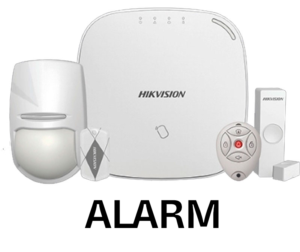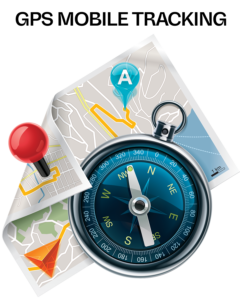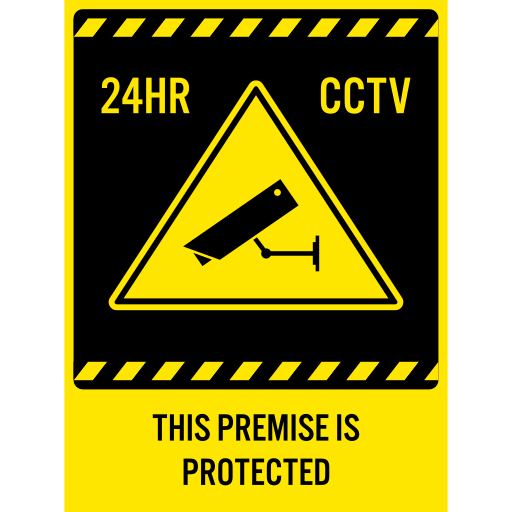
- Video surveillance solutions
Closed circuit television (CCTV) is a video surveillance technology designed to monitor a variety of environments and activities. It is called a closed circuit since, contrary to what happens with diffusion, all its components are linked. Also, unlike conventional television, this is a system designed for a limited number of viewers.
The circuit can simply be made up of one or more surveillance cameras connected to one or more video monitors or televisions, which reproduce the images captured by the cameras. Although, to improve the system, other components such as videos or computers are usually connected directly or networked.
They are fixed in a certain place. In a modern system the cameras used can be controlled remotely from a control room, where their pan, focus, tilt and zoom can be configured. These types of cameras are called PTZ (pan-tilt-zoom). These systems include night vision, computer-aided operations, and motion detection, which makes it easy for the system to alert when something moves in front of the cameras. The clarity of the images can be excellent, it can be transformed from dark to light levels. All these qualities mean that the use of CCTV has grown extraordinarily in recent years.
Surveillance through the use of CCTV is increasingly common in public spaces for crime prevention. The justification for its use is that it deters potential criminals, can quickly alert police or security personnel to intervene, and helps people feel more secure.
TECHNOLOGIES THAT WE INTEGRATE IN VIDEO SURVEILLANCE
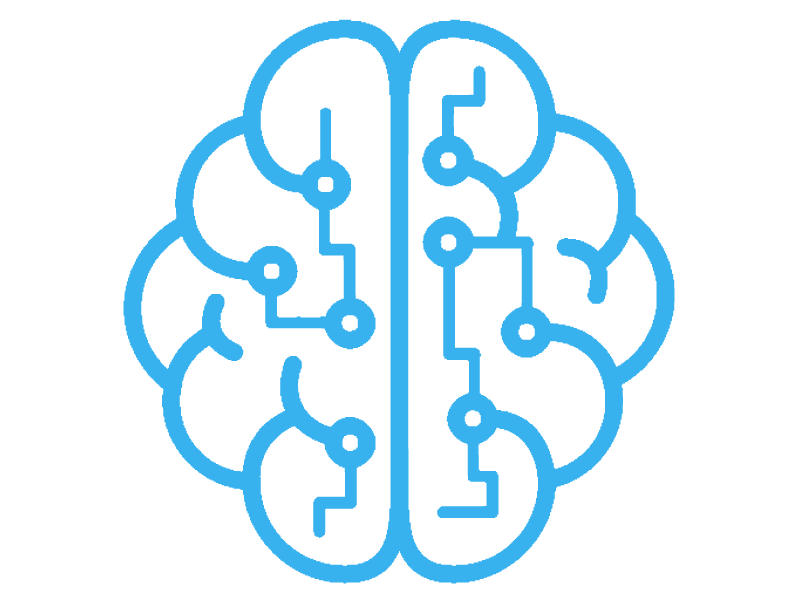
Artificial Intelligence in security cameras: Deep-Learning, Cloud and Edge Computing
Artificial Intelligence
AI Deep-Learning
Incorporation of Artificial Intelligence (AI) in Video Surveillance
Cloud
Cloud storage
Edge computing
Edge computing
Artificial Intelligence in security cameras: Deep-Learning, Cloud and Edge Computing
Among the new technologies for security cameras, the incorporation of Artificial Intelligence (AI) stands out, through deep learning (Deep-Learning), cloud storage (Cloud) or perimeter computing (Edge Computing).
Deep Learning is one of the basic aspects of AI. It is inspired by the functioning of the human brain, which uses different layers to classify, store and access certain data. Currently, this type of technology is the basis of many security systems, among which facial recognition stands out, where precise algorithms are created by analyzing samples of different faces.
In the field of video surveillance, Deep-Learning is used to analyze video and for automatic updating of systems. This allows security cameras to be more precise and to address security from two perspectives:
The recognition, monitoring and counting of people.
The recognition, monitoring and counting of vehicles, targets or moving targets.
IP technology
IP Video Surveillance is a visual surveillance technology that combines the analog benefits of traditional CCTV (Closed Circuit Television) with the digital advantages of IP (Internet Protocol) communication networks, allowing local and / or remote monitoring of images and audio as well as the digital treatment of images, for applications such as recognition of registration or facial recognition, among others.
What differentiates these IP security cameras from analog security cameras or digital analogue security cameras is the technology they use for image transmission, since communication is done through network cable, As if it were data, it is the same cable that is used for Internet access.
- Does not need Coaxial Cable
- There are no camera limits
- Remote Accessibility
- More quality in the image
- Lowest cost
- PoE (Power over Ethernet)
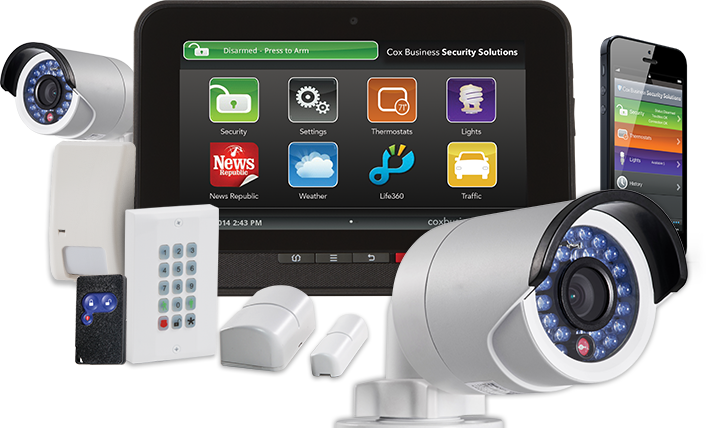
The IP camera system does not require additional cables as the closed circuit systems do, the network can be as small or as large as it needs to be. It can be easily expanded at any time and other systems can be added to the network at any time without having to change its structure drastically.
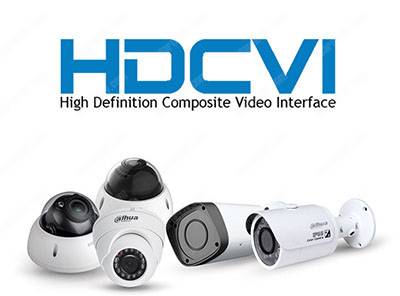
The most striking quality of HDCVI is its ability to offer high definition resolutions on analog signals, which allows qualities above those offered by 1000TVL cameras, the current maximum in conventional analog cameras.
One of the strengths of HDCVI is the cost. Especially in HDCVI devices capable of offering resolutions of 720p, the cost / quality ratio improves significantly with respect to conventional analog installations. In terms of maximum wiring distances, HDCVI offers the best balance between the versatility of the traditional analog signal and the quality of HD-SDI, with considerable distances and superior qualities.
HDCVI Technology
The high definition composite video interface (HDCVI), is a technological advance in the industry, which allows a fast and easy upgrade to high definition in conventional wiring environments. Exclusive HDCVI technology enables the reliable transmission of HD analog video over coaxial cable, over long distances, at a lower cost, in complex installation environments.
Typically, the video signal that is transmitted in a traditional analog installation via coaxial cable has a format known as CVBS or simply composite video. This format only allows to offer video (without the possibility of incorporating audio signals) and in standard definition, usually 576i for the PAL standard.
Taking into account the limitations of the CVBS signal, HDCVI is a new approach aimed at offering features of modern video surveillance without sacrificing those aspects that have helped to popularize analog technology, mainly the cost and simplicity of installation. The main features of HDCVI are:
- Video in high definition 1920H and 1280H
- Coaxial cable transmission
- UTP cable transmission using passive BALUN
- Distances up to 500m (720p) and 300m (1080p) with Coaxial
- Video signals, PTZ and audio on a single cable
- Low frequency modulation technology
- AHD Technology
AHD means analog high definition, the birth of AHD, is to solve the limitations of transmission distance of the existing HD-SDI solution. As one of the new analog HD solution, AHD supports the transmission of video through 75 3-traditional coaxial cable up to 500 meters, and becomes another alternative for the high-definition analog solution. By the way, inherits and carries forward advantages of the traditional analog solution, video signal are not compressed, have all the original video details, to truly achieve high-definition uncompressed without loss, no video latency effect.
It is a perfect solution for upgrading standard closed-loop analogue television systems to high definition by using existing coaxial layouts to reduce installation and labor costs.This type of technology can be used in market segments such as banks, hotels, restaurants, apartments, police stations, public areas, various sectors of government, among others.
- Reliability
- Analog - AHD Compatibility
- Cable to use Coaxial or UTP
- Point to Point transmission
- Functions (WDR, BLC, HLC, DEFOG, 3DNR
- Maximum security

The anti-interference capability of the HD-SDI solution is relatively poor, while AHD adopts low-frequency modulation technology, which frees it from high-frequency wireless electrical radiation, and ensures high-quality video transmission very stable.
Finally, the new range can be integrated with existing analog CCTV systems: AHD DVRs are compatible with analog cameras and, in the case of expansion or upgrade (in the future) of the installation, this allows the use of existing analog cameras.

 We provide solutions in electronic security.
We make your safety our priority.
We provide solutions in electronic security.
We make your safety our priority.